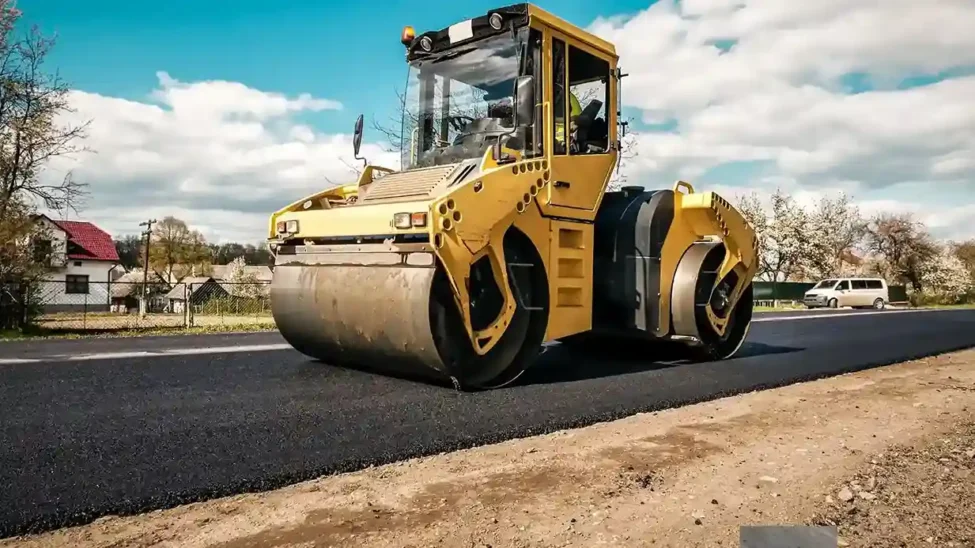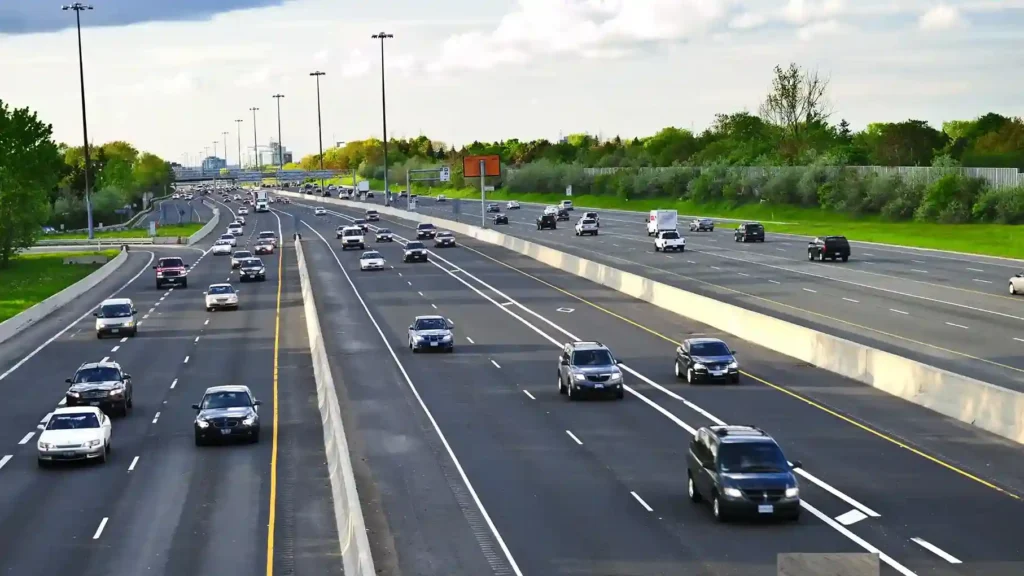
Types of road construction: Methods, techniques and materials
Road construction is part of infrastructure development, and its importance cannot be overemphasized, especially in linking cities, towns, and communities through roads. Road construction techniques help ensure that the roads built last long and are safe to travel on. The blog delves into types of road materials, the process involved in constructing a road, and types of road construction procedure for making various types of roads.
Types of Road Construction
There are roads in all shapes and sizes, ranging from simple rural pathways to giant highways carrying high traffic. A common road or highway construction entails a number of techniques and materials, and the technique used depends on the intended use and the load of traffic. Let’s now take a closer look at some of the common types of road construction techniques:
1. Flexible Pavement
Flexible pavements are the most extensive form of pavements in types of road construction. Such pavements mainly consist of more than one course, including,
- Subgrade: The pavements’ underneath natural ground surface.
- Subbase: It supports the sub-grade by distributing its loads to some extent.
- Base course: Consists of sub-grade crushed stones or gravel materials, providing support to the flexible pavement.
- Surface course: Uppermost layer as asphalt or the bitumen-coated surface against traffic weariness and weathered conditions.
The construction of flexible pavements is carried out through clearing land, preparing subgrade, and placing each layer to ensure it has been adequately compacted for stability.
Learn more about Flexible pavement in Testbook.com.
2. Rigid Pavement
Rigid pavements are constructed mainly of concrete and are robust. They are resistant to heavy loads of traffic. They are designed for highways and roads that bear heavy volumes of traffic. Their main advantage is that they resist heavier loads more than flexible pavements without cracking easily. The disadvantage is that they are relatively expensive to build.
The construction procedure of water bound macadam road involves rigid pavements because they provide an excellent surface along with good drainage. Concrete is poured in a controlled manner. Joints are included to avoid cracking due to temperature changes.
Learn more at Housing.com.
3. Gravel Road
For rural and relatively less developed areas, lower traffic volume gravels are mostly used. These roads consist of natural stone and aggregate materials such as sand and gravel. Although they can be easily constructed, maintenance is still needed regularly through the operation of regrading and adding in artificial material.
Check out Science Direct for more details.
4. Water Bound Macadam Road
This road construction method uses water bound macadam for being the cheapest way to lay good roads. Crush stone is put onto the sub grade and water in used for leveling it down that provides firm foundation of a surface road for passing moderate traffic in the country’s roads, for low-traffic roads or poor resource regions to build up of good-quality works.
The construction process for water bound macadam road normally includes:
- Subgrade preparation: clearing of the vegetation and proper drainage.
- Stone layers with compacting and using water to bind materials together.
- Drainage systems that ensure there is no water accumulation in the road, and thus the road is durable for long.
Visit Fuild Construction for more information.
5. Underground Road
Although rare, four-lane highways for instance can be built underground when insufficient space is available in an urban region or disrupting already existing structures. Among the types of roads, which are built underground, the most notable one is probably the tunnel road. Tunnel roads would thus also demand more sophisticated engineering and building methods to ensure safety and functionality since they must be built to last environmental factors and heavy loads.
Find additional insights in PEI-Genesis.
Materials Used in Road Construction
Different types of road materials used for construction vary based on the road design, traffic load that will be passed on it, and environmental conditions. The common ones include;
1. Asphalt: It is widely used as surface courses for flexible pavements since it’s robust and less costly. As a matter of fact, most highways, streets, and parking lots use asphalt.
2. Concrete: It is used for rigid pavements and provides long-lasting, high-strength surfaces. It is applied in high-traffic areas or roads that require heavy loads.
3. Gravel: It is often used for lower-traffic roads or temporary construction routes. Gravel provides an easy-to-construct, budget-friendly option.
4. Macadam: This is a compacted layer of crushed stone used for water bound macadam roads. Macadam is often used for rural or low-traffic roads because it is very affordable and simple.
5.Bitumen: The binding agent used in asphalt and other road construction materials is usually provided with waterproofing. It leads to the creation of smooth, durable surfaces.
Read about it further on Stellar test house.
Construction Road Process
Planning and execution during the construction process are necessary because a road has to be secure, long-lasting, and of sufficient capacity for the amount of traffic it has to support. The typical construction process for any road is essentially as follows:
1. Surveying and Design: The very first step prior to actual construction is surveying the area, which is needed to identify a suitable path to be followed. This process consists of environmental studies, soil samples, and creating a road design.
2. Clearance and excavation: After finalizing the design, the construction crew clears the area, clearing the land of vegetation, rocks, and other debris. The excavations are performed to create the base of the road layers.
3. Subgrade preparation: This is done to level and compact the subgrade to make sure it offers a stable base for the road.
4.Layering: According to the road type, layers of materials are added by the construction team in the form of gravel, crushed stone, or asphalt. These layers are compacted to form a strong and durable surface.
5.Surface Layer: In the final stage, the surface material, asphalt, or concrete, is laid down. This layer provides a smooth, durable surface for the vehicles to run on.
Visit Deere.com for more information.
How to Construct a Road
The type of road to be constructed will determine how to go about constructing a road. However, the process is basically the same. Following surveying and excavation, layers are added and a final surface laid down, with proper drainage systems put in place to ensure the longevity of the road.
Conclusion

Under understanding of the types of road construction techniques and road materials used is required for efficient design of both functional and durable roads. Road construction, as it is commonly referred to nowadays, is often seen in all sorts of variants: from basic common roads, underground roads with complex engineering involved, to surveying and detailed designing, finalizing the selected materials, then to construction-where the appropriateness of materials and building methods can shape a road able to serve people for decades and even centuries.
FAQs
What are the various methods of road construction?
The most common methods of road construction are flexible pavements, rigid pavements, gravel roads, and water-bound macadam roads. Each method is selected based on factors such as traffic load, cost, and location.
What materials used in highway construction?
The materials used in highway construction are asphalt, concrete, gravel, macadam, and bitumen. The type of material depends on the kind of road and its traffic load.
What road is built underground?
Underground roads, like tunnel roads, are constructed in locations where space is scarce or to avoid existing structures. These have specific construction methods and materials in place to make them safe and long-lasting.



